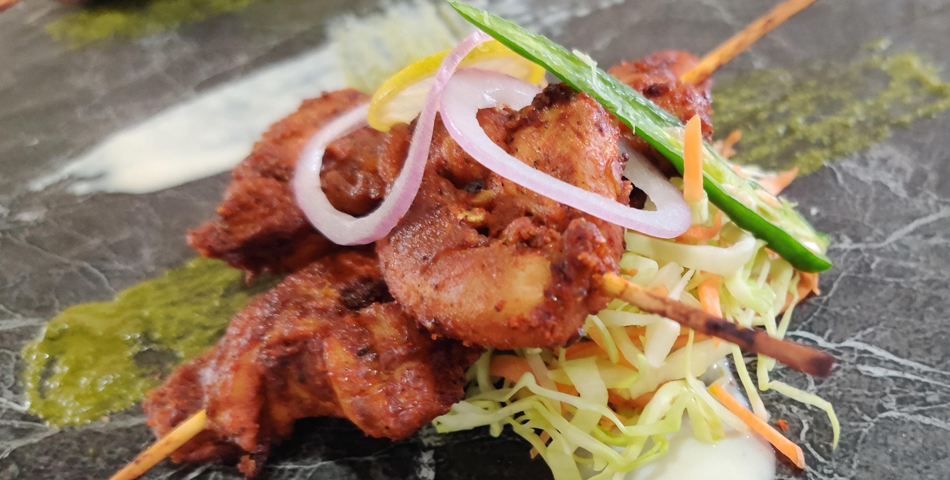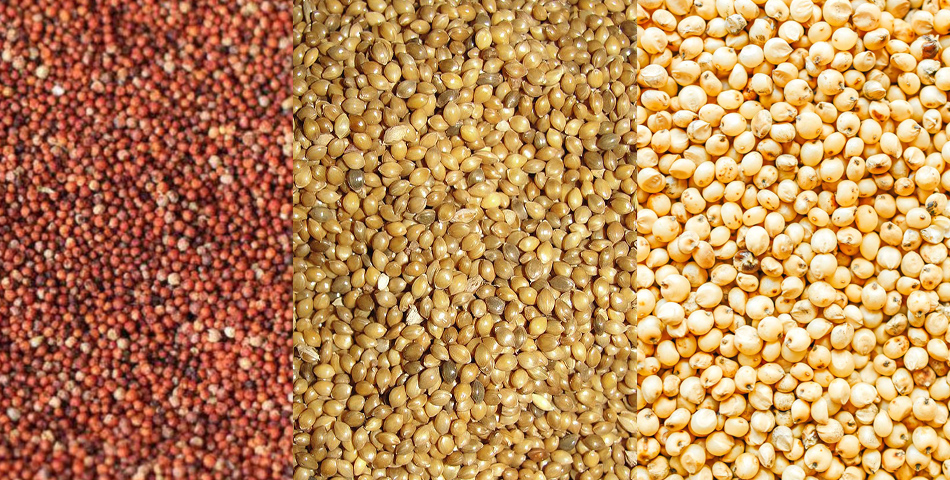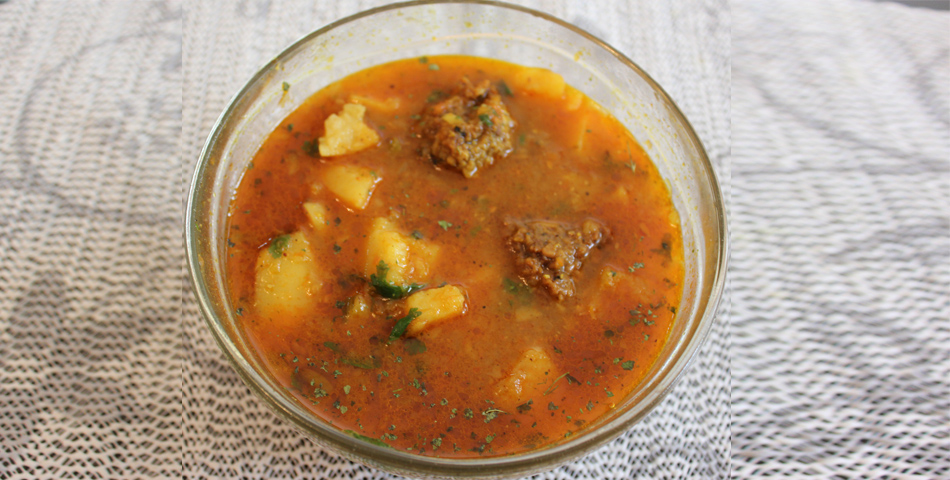
We are living in a fast changing world. Everybody is talking about the trends in the world of fashion, entertainment, arts and technology. But most of us forget the changes we are going through in the way we cook in the kitchen and eat at the dining table. The developments in technology bring a lot of comfort and time saving in the kitchen.
Earlier cookwares were made with clay and terracotta while dinner wares were carved out of wood and stone. Utensils are now far sleeker, have prettier patterns and are made of upgraded material. Boron, silicon, ceramic and plasticware are gaining popularity. Stainless steel is still an evergreen favourite especially for commercial kitchen. It is inexpensive, long lasting and preserves the taste of food. China and porcelain, hold more of a status of vintage dinnerware. Though they have not completely gone out of fashion, they are not as popular as they used to be as they are breakable. Non-breakable varieties of tableware are increasingly in demand.
The changing trends of cookware and dinnerware are based on lifestyle and technological changes. It is a fast paced world, wherein both life partners are going out to work rather than spending considerable part of the day in the kitchen.,Urban working couples generally cook up quick and healthy meals. More over men today have a say in what kind of utensils he would like to use when he takes over in the kitchen. Masculine aesthetic sensibilities and cooking preferences are also taken into account while designing cookware and dinnerware. Consequently, we have more of time saving and myriad purpose cookware like the electric multi-cooker which is a rice cooker, pressure cooker and slow cooker combined.
People are going towards branded dinnerware. The modern Indian is nowadays, preferring to invest in a brand, which is resilient and doesn't lose its brand new look easily. Nidhi Jhunjhunwala, Marketing Director of La Opala, going down memory lane regarding the origin of the brand in India, says, “In 1988 Opal technology in tableware was unknown to almost all Indian consumers. Sushil Jhujhunwala, the founder of the company was a visionary who realized that, Opal technology will eventually lead the world of tableware. The tableware category in India, even in 1988 was in virtual grip of the unorganised sector and they found no reason to educate themselves with virtues of branding. La Opala saw this as a huge opportunity. They found a great name in 'La Opala' which communicated appropriate positioning. This naming with premium looking packaging proved to be powerful persuaders. Indian tableware market at that point of time produced porcelain and bone china. Opal products looked different to stand out. To enhance aesthetics and feeling of international association, the marketing team chose decorative designs very carefully. Even in the nineties of the twentieth century, Indian consumers bought and carefully preserved them for appropriate occasions.”
Elaborating on the lasting bond that comes along with dinnerware Corelle, Rajesh Mishra, General Manager – West Asia, says Corelle with its unique Vitrelle structure created in high-tech laboratories, is designed to fit in with busy lifestyles and preserve its long-lasting beauty. Versatile and adaptable, Corelle is perfect for microwave cooking, warming or defrosting and for repeat dishwashing without impacting on patterns, colours or designs. He added “The brand is resistant to breaking, cracking, chipping and permanent staining. There's no need to save it for special occasions only. What's best about Corelle is that it's fine enough for the most elegant and durable enough for everyday use.”
Now-a-days people avoid utensils which are detrimental to health and prefers those which work towards promoting health. Non-stick cookware is seen in many a household as they can prepare food without making the meal oily. When acidic food is cooked in copper, it gives rise to toxicity, which is why copper is losing out on popularity. Aluminum utensils are exiting from the homes of taste and health conscious Indians as they react with sauces and acidic food thereby spoiling the taste of food and prolonged exposure with food is believed to increase the risk of neuro-genetic diseases. Biodegradable, eco-friendly and non-toxic dinnerware and cookware are gradually mounting in demand.
Taking into consideration that microwave cooking is highly popular nowadays, crockery and cookware, which can withstand high temperatures are gaining popularity. In this regard, casserole sets are high in demand as they permit food to be cooked in even temperature and don't crack or change in shape while in the microwave. Silicon cookware and bake ware are also a favourite as they are non-stick, simple to clean, durable, flexible, aids in low fat baking and is conducive for the freezer, oven, dishwasher and microwave.
With space constraints cropping up, especially in urban India, bulky utensils are gradually going into oblivion. Easy to use, light, slender dinnerware and cookware are gaining popularity instead. Rajesh says, “Slim line yet tough, Corelle is lightweight, safe and easy to stack and store. It's a great solution for compact kitchens and easy to organise if you need to free up space for a new Corelle design, additional shapes or Corningware (its sister brand) complementary cookware.”
Vessels which need to be arduously scrubbed and cleaned post cooking, are leaving urban kitchens. Simple to clean, wash and dry and scratch resistance utensils are coming into prominence in the modern kitchen. Explaining the USP of Corelle, Rajesh says, simple washing restores Corelle to a pristine, hygienic and crystal clean condition every time, making it your ideal partner in healthy dining for your family.”
As far as colours are concerned, white and off-white are still favourite colours. This is because when thoroughly cleaned they look spic and span, thereby bestowing a look of cleanliness. Also popular are simple pixel geometric decoration patterns, bright retro coloured plates, rich red colours, orange, purple, natural green, gold floral designs, nature-inspired images etc. Modern dinnerware albeit in ethnic style, romantic dinnerware with a vintage look, porcelain like plastic serve-ware and tableware in blending colours, style and shapes are also designs to look out for. The crème de la crème of society invest in platinum and gold plated cookware embedded with rhinestones. Silver dinnerware is a favourite among the rich.
The urban Indian would like their dinnerware to look stylish and modern. Among new crockery designs which are coming into vogue is included asymmetrical crockery, at times with sides which are uneven. 3D textured dinnerware is a new innovation.
Good dinnerware and cookware brands have continued to re-invent itself over the years. The intention has been to provide upgraded and up-market products. Indian brands are also well aware of the fact that they need to come up with products which are better than the imported brands that are available in the market.
Nidhi explains, “As time advanced towards the end of the last century and home competition was not forthcoming in Opal tableware, La Opala found itself in the middle of strong competition from products imported from China. A close study of these Chinese products and intense scanning of world's best Opal technology once again guided La Opala to adopt the winning strategy and the necessary arsenals. At the anvil of the 21st century La Opala once again imported the world's best Opal technology to give the very best to the Indian consumers.”
“In 2005 Indian consumers witnessed the arrival of Laopala's Diva, a quality and class of Opal, hitherto unknown to Indian consumers. This new premium range provided compelling alternatives to consumers who prefer to redefine premium living at every available opportunity. Today Diva is not merely a brand; it is the fountain head of premium dining. It is on a continuous path of creating new standards in physical as well as aesthetic attributes of dinnerware.” Nidhi said.
The modern 2016 Indian kitchen is fashionable, time saving, conducive towards health, with a preference towards upscale brands. So, if you are planning your dream kitchen, you now exactly know how it should be.



Be the first one to post a comment